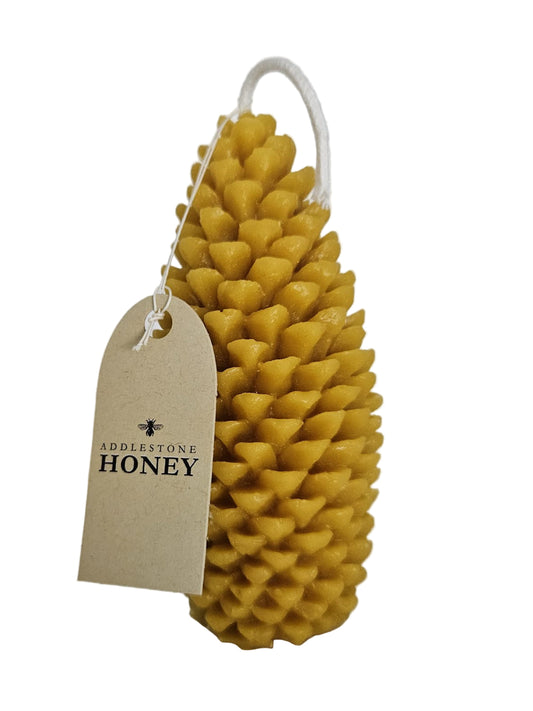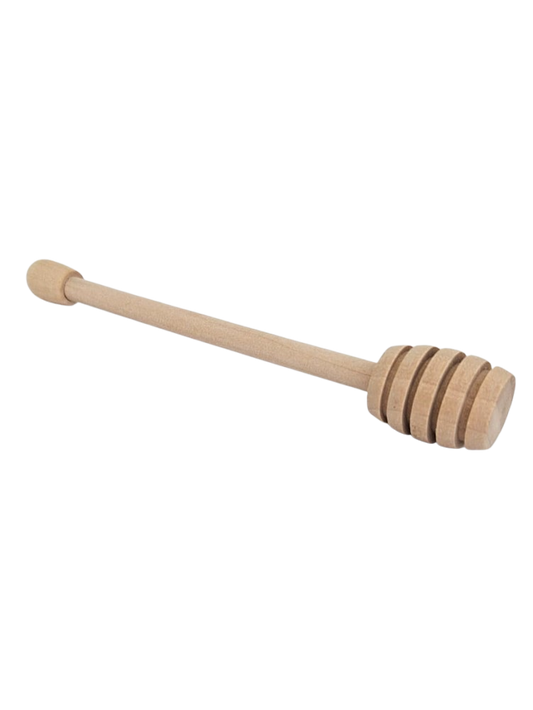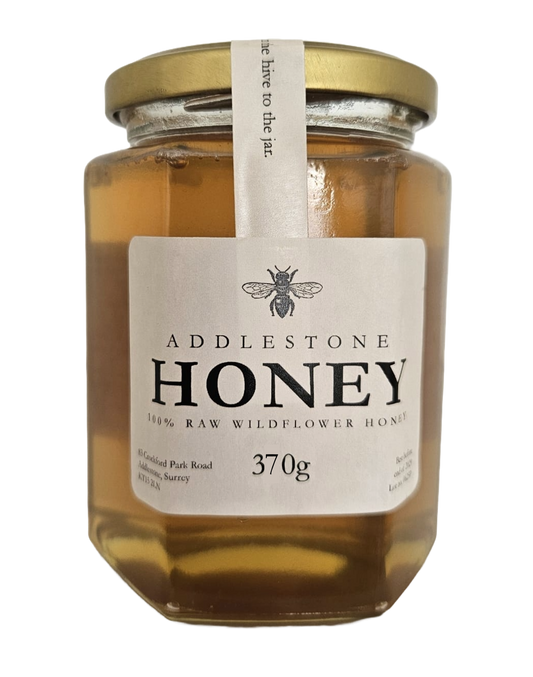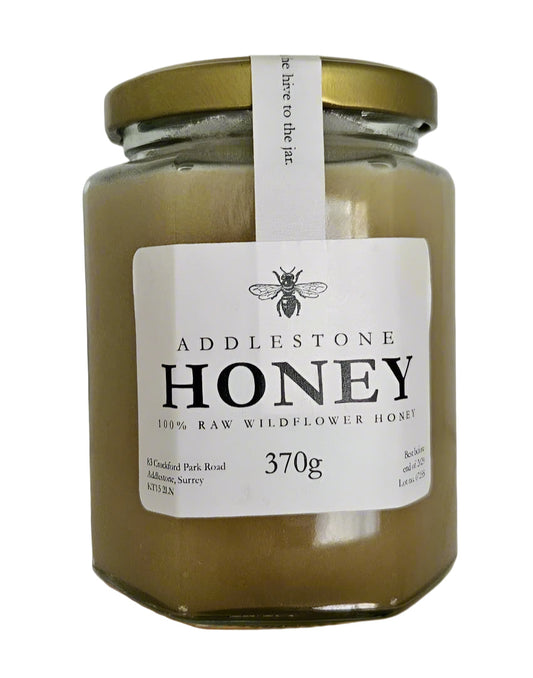I'm often asked what fake honey is and how it can be identified. Much of the honey sold at supermarkets isn't real, and regularly fails consumer quality testing.
Fake and adulterated honey has been tampered with, added to, or produced unnaturally. This often involves unscrupulous packing companies diluting real honey with corn, rice, or beet syrup, or chemically processing it. Some fake honey may not even contain any real honeybee honey at all, instead being manufactured from a mix of glucose syrups and artificial ingredients.
Why is fake honey a problem?
- It deceives customers into believing they are buying a pure, natural product.
- Lack of nutrients: Fake honey lacks the natural enzymes, antioxidants, and antibacterial properties of real honey.
- Health risks: Some imported fake honey is from unregulated sources, and has been found to contain illegal animal antibiotics or heavy metals. EU regulations (use din the UK) heavily control the use of antibiotics on honey bees.
- Harm to beekeepers & the environment: Adulterated honey creates unfair competition for ethical beekeepers and can negatively impact bee health. There are recorded incidents of UK packing factories that process imported honey, inadvertently passing disease to local feral honey bees.
How can consumers identify fake honey?
Advanced lab testing like Nuclear Magnetic Resonance or carbon isotope ratio testing are the most reliable ways to detect adulterants in honey. For the average consumer, there are a few things you can do to increase your chances of identifying real honey:
-
Read Labels Carefully:
- Look for products that list "honey" as the only ingredient.
- Be wary of vague terms like "honey blend," "honey product," "honey flavoured," or "packaged from local and imported ingredients" without specifying the country of origin.
- Be cautious of honey imported from countries known for high rates of adulteration, like China and Argentina.
-
Price:
- Authentic honey production is highly labour-intensive and takes time. If the price seems too good to be true or is significantly cheaper than other honey, it probably isn't honey.
-
Crystallisation:
- Pure, raw honey naturally crystallizes in as little as a few weeks or months due to its glucose content. If your honey remains liquid for a very long period (many months or years), it might have been heavily processed (ultra-filtered or pasteurised) or adulterated to prevent crystallization. Although a few rare honeys, like Jarrah honey, naturally resist crystallisation.
-
Taste and Smell:
- Real honey has a complex flavour profile that varies based on the floral source, often with floral notes and a lingering sweetness that dissolves with the honey itself.
- Fake honey often has a pain, sometimes sickly sweet, or artificial taste, and the sweetness lingers longer, as you are eating sugar syrup (sucrose).
- Pure genuine honey generally has a natural, mild floral scent. Whereas fake honey may have little to no smell, or a chemical odour.
-
Consistency & Appearance:
- Real honey is usually thick and flows slowly. If it's overly thin or watery, it might indicate added water or syrup. Real honey has a water content at or below 18%. Adulterated honey may have more water
- Unfiltered real honey may have small visible imperfections like bits of pollen, propolis, or honeycomb. Perfectly clear honey might be heavily filtered.
- When drissled, real honey often forms a continuous string rather than breaking into droplets.
-
Simple Home Tests (tenuous, but worth a try):
- Water Test: Add a spoonful of honey to a glass of water. Pure honey tends to settle at the bottom without immediately dissolving. Adulterated honey, often with higher water content, may dissolve quickly or form cloudy streaks.
- Thumb Test: Place a small drop of honey on your thumb. Pure honey will tend to stay intact and not spread easily. Fake honey may spread or drip.
- Flame Test: Dip a dry cotton wick or the tip of a matchstick into honey and try to light it. Pure honey has a low moisture content (<18%) and should ignite, burning with a steady flame. If it doesn't light, it might have high water content from adulteration - exercise extreme caution with this test.
- Paper Test: Put a few drops of honey on a paper towel or tissue. Pure honey tends to not absorb quickly or leave a wet mark. Fake or adulterated honey, with added water, may absorb or leave a stain.
- Vinegar Test: Mix a small amount of honey with a few drops of vinegar and water. Some people suggest that if it froths, it might contain additives that react with the vinegar acid.
-
Buy from Trusted Sources:
- The most reliable way to ensure you're getting pure honey is to buy direct from your local beekeeper, someone you know or from a reputable brand that can trace their honey back to the beehives and have transparent supply chains. Farmers' markets or specialty stores focusing on quality can also be good options.
While these tips can help, it's important to remember that adulteration methods are becoming increasingly sophisticated. One of the key things to remember is that real honey is not cheap honey.








